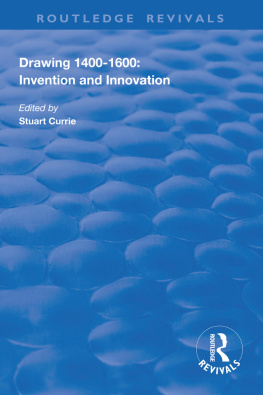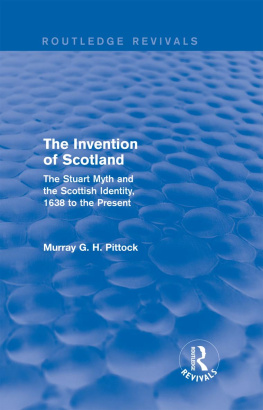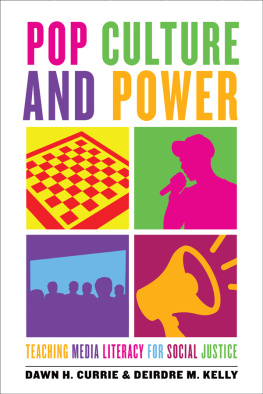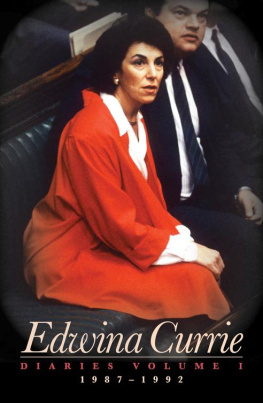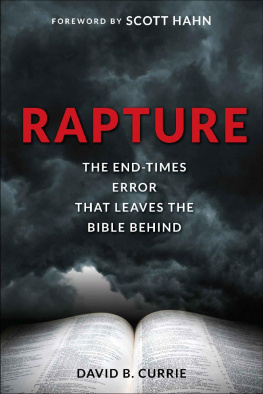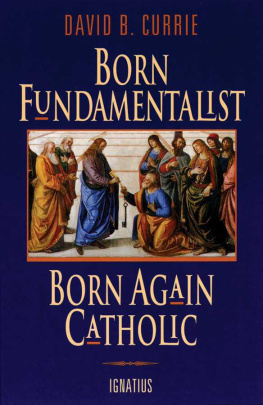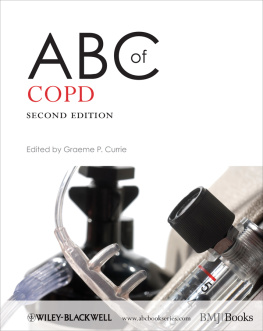First published 1998 by Ashgate Publishing
Reissued 2018 by Routledge
2 Park Square, Milton Park, Abingdon, Oxon, OX14 4RN
711 Third Avenue, New York, NY 10017, USA
Routledge is an imprint of the Taylor & Francis Group, an informa business
Copyright The individual contributors, 1998
The contributors have asserted their moral rights.
All rights reserved. No part of this book may be reprinted or reproduced or utilised in any form or by any electronic, mechanical, or other means, now known or hereafter invented, including photocopying and recording, or in any information storage or retrieval system, without permission in writing from the publishers.
Notice:
Product or corporate names may be trademarks or registered trademarks, and are used only for identification and explanation without intent to infringe.
Publisher's Note
The publisher has gone to great lengths to ensure the quality of this reprint but points out that some imperfections in the original copies may be apparent.
Disclaimer
The publisher has made every effort to trace copyright holders and welcomes correspondence from those they have been unable to contact.
A Library of Congress record exists under LC control number: 97033668
Typeset in Palatino by Photoprint, Torquay, Devon
ISBN 13: 978-1-138-31152-7 (hbk)
ISBN 13: 978-1-138-31160-2 (pbk)
ISBN 13: 978-0-429-45876-7 (ebk)
JULIA WATSON studied History of Art at Birkbeck College, University of London. She is currently completing her Ph.D on fourteenth-century French sculpture at the University of Leicester, She has written on late medieval French sculpted mantelpieces and figure cycles.
SUSIE NASH is a lecturer in Northern Renaissance Art at the Courtauld Institute of Art, University of London. She studied History of Art at Reading University at both undergraduate and postgraduate level, completing her doctoral thesis on manuscript illumination in Amiens during the fifteenth century in 1994. She is the author of Betioeen France and Flanders: Manuscript Illumination in Amiens in the Fifteenth Century (London, 1997) and co-editor of Robert Campin: New Directions in Scholarship (London and Brepols, 1996).
FRANCIS AMES-LEWIS is a Reader in History of Art at Birkbeck College, University of London, where he has taught since 1969. He was educated at the University of St Andrews and at the Courtauld Institute of Art, gaining his doctorate in 1977 with a thesis entitled The Library and Manuscripts of Piero di Cosirno de' Medici (New York, 1984). He has written books on Italian Renaissance drawing: Drawing in early Renaissance Italy (London and New Haven, 1981), and The Draftsman Raphael (London and New Haven, 1986), and on Italian Medieval sculpture: Tuscan Marble Carving 1250-1350 (Alder-shot 1997), and many periodical articles including several on aspects of the art and patronage of the early Medici.
LUCY WHITAKER studied History of Art at the Courtauld Institute of Art and in 1986 completed her M.Phil dissertation on The Florentine Picture Chronicle, a book of drawings attributed to Maso Finiguerra. She was the Research Assistant at the National Gallery, London, prior to joining Christ Church Picture Gallery, Oxford, in 1989 as Assistant Curator of Pictures, specializing in fifteenth- and sixteenth-century drawings, with a particular interest in those produced in Florence. She became Assistant to the Surveyor of The Queen's Pictures in 1997.
ALISON WRIGHT studied at the Courtauld Institute of Art as an undergraduate and postgraduate, completing her Ph.D on the paintings of Antonio and Piero Pollaiuolo in 1991. Following fellowships at the Metropolitan Museum of Art in New York and the Courtauld Institute, she was appointed lecturer in Italian art of the late middle ages and early Renaissance at University College London in 1994.
CLAIRE VAN CLEAVE completed her Masters degree at the Courtauld Institute, University of London. She then developed her interest in Italian Renaissance drawings with her doctoral thesis on Luca Signorelli as a Draughtsman at Christ Church, University of Oxford. Apart from her writings on Signorelli, Dr Van Cleave has published on drawing techniques in the Italian quattrocento workshop.
ANDREW MORRALL read Modern History at Oxtord University and received his doctorate in the History of Art at the Courtauld Institute of Art, University of London, in 1996. He is a lecturer in the History of Art at Christie's Education, London, and has written articles on German and Venetian art.
SHARON GREGORY studied History of Art at the University of Calgary as an undergraduate. She received her Masters degree at Queen's University, Kingston, Canada, where she has been a lecturer in the History of Art since 1995. She is currently completing her doctoral thesis entitled 'Vasari, Prints and Printmaking' at the Courtauld Institute of Art, University of London. Her specialist interests are Renaissance prints, Italian Mannerism and artistic exchanges between Italy and northern Europe. She has written various periodical articles on these subjects.
STUART CURRIE studied History of Art at Birkbeck College, University of London, where he is currently completing his doctoral thesis on the Florentine painted altarpiece c.1560-1580. He is a freelance lecturer in the History of Art, specialising in Italian Renaissance art. He has taught at Birkbeck College, The University of Reading and Kingston University. He is co-editor (with Peta Motture) of The Sculpted Object 1400-1700 (Aldershot 1997) and has written on Bronzino.
MONIQUE KORNELL'S main area of research is History of Art and Anatomy. In 1993 she received her Ph.D in combined Historical Studies from the Warburg Institute, University of London. She was co-curator of The Ingenious Machine of Nature: Four Centuries of Art and Anatomy, an exhibition of prints and drawings held at the National Gallery of Canada, Ottawa, 1996.
MICHAEL BURY was educated at the Universities of Cambridge and London. His initial employment was as Assistant Keeper of Foreign Art at the Walker Art Gallery Liverpool. Since 1972 he has taught History of Art at Edinburgh University. He has written on various aspects of Italian Renaissance art.
TARNYA COOPER completed her first degree at Camberwell School of Art. She undertook postgraduate study at the Courtauld Institute of Art, University of London, and is currently completing her Ph.D at Sussex University on vanitas representations in early modern England. She is Assistant Curator of the College Art Collections, University College London, in which role she has curated the exhibitions, Origin and Originality: Copied Drawings from the Grote Collection (1994) and Refashioning Death: Vanitas and Memento Mori prints from Northern Europe 1514-c.1640 (1997).


